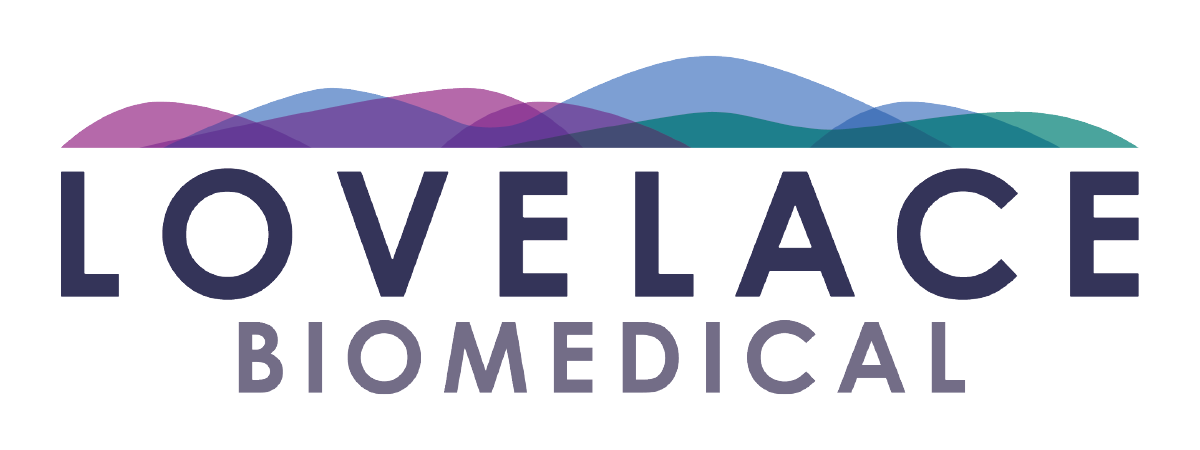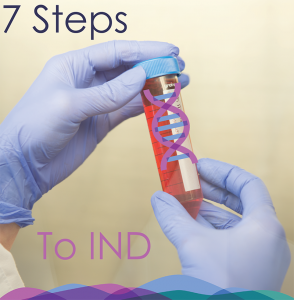
An increasing number of pharmaceutical and biotech companies are seeking expert help to navigate investigational gene therapies through preclinical studies
With the Food and Drug Administration’s trio of gene therapy approvals in 2017, the innovation floodgates have opened. Pharmaceutical and biotechnology companies are seeking to capitalize on a revolutionary therapeutic approach that was once deemed too risky. With promising clinical results from early gene therapies, venture capital money is finally freeing up to enable this exciting next generation of medicine.
However, even the most well-funded gene therapy programs are exceedingly complex to navigate through preclinical development. These safety and efficacy tests, which are required before drugs can be studied in humans, are perhaps the most perilous stage of the entire development process. Drug companies must design studies that demonstrate, with sound data, that the therapy is safe and effective before regulators deem it suitable for dosing in patients.
The stakes couldn’t be higher. Depending on the outcome of preclinical safety and biodistribution studies, investigational gene therapies will either move to the final stage of FDA review or they’ll fizzle, sending scientists back to square one.
Lovelace Biomedical has been conducting safety and biodistribution studies on investigational gene therapies for more than a decade, making it one of the country’s longest-running gene therapy programs in the preclinical space. With recent gene therapy projects in cystic fibrosis, Pompe disease and a variety of other rare disorders with a critical patient need, the Lovelace team understands the nuances of designing and implementing a preclinical program supporting an IND submission that answers all regulatory questions.
Here, with input from across the Lovelace gene therapy team, we provide an inside look at the steps most drug sponsors must take as they advance a potential gene therapy through preclinical studies for eventual regulatory approval. One thing is clear: There is no cookie cutter path for gene therapy products. In an emerging therapeutic space, every step requires a customized and highly informed approach.
“I believe gene therapy will become a mainstay in treating, and maybe curing many of our most devastating and intractable illnesses.” Scott Gottlieb, M.D. – FDA Commissioner, Dec. 2017
01 – SELECT A VECTOR
How will the corrective DNA at the core of a gene therapy be delivered into patients’ cells? Typically, the answer is through a virus. Adeno associated viruses (AAV), adenoviruses and lentiviruses are most commonly used as vectors for drug delivery. This choice hinges on therapeutic approach: AAV vectors provide long-term gene expression and naturally occurring sub types (serotypes), which allows for some target-tissue specificity. Adenovirus vectors may be optimal when short-term gene expression is the goal. And lentiviruses are most often used to transfer genetic material to patient cells in culture (bone marrow or blood cells) that are subsequently injected back into the patient as therapy to treat immune deficiencies or sickle cell anemia.
Other modes of gene delivery include liposomes (lipid particles) and nanoparticles that can be engineered to target specific cell types for delivery. The advantage with these is that they do not produce immune responses that are associated with viral vector use.
“You have to get the vector to the tissue, convince the cells to incorporate the vector, and then get the genetic material to express the gene,” says Lovelace Chief Scientific Officer Jake McDonald. “For most of the gene therapies in development, which seek to provide a curative treatment for hereditary conditions, you want patients to express this gene for the rest of their lives.”
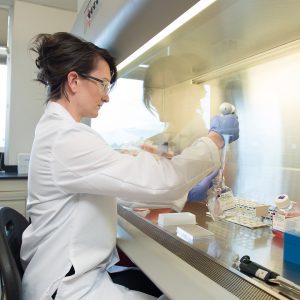
02 – DETERMINE THE ROUTE AND TIMING OF ADMINISTRATION
The route of drug administration depends on the target organ or tissue where the defective gene is expressed. For example, with ocular, joint or brain-directed therapies, the vector is delivered directly to the eye, joint, or brain or spinal fluid. In the case of Pompe disease, which damages muscle and nerve cells throughout the body, the vector s given either intravenously or into the diaphragm or skeletal muscle. For cardiac therapies, the drug may be administered via catheter to the coronary vessels, or directly applied to the surface of the heart. For Alpha-1 antitrypsin deficiency, a genetic disorder that leads to lung and liver problems, the vector is administered intravenously or into the pleural space between ribs and the lung.
As for the timing of the therapy, this too is an important consideration for preclinical studies. With inherited diseases, it’s optimal to deliver the medicine to the fetus or infant as soon as possible after diagnosis. However, with few exceptions, the FDA requires testing in adults or children at least 12 years old before allowing delivery to babies or small children.
“These decisions are critical, as patients only have one chance at gene therapy,” McDonald said. “After the body is exposed to the new genetic material a second time, the immune system will reject it. New technologies are under development that may avoid this challenge, but that has been the situation to date.”
03 – EVALUATE BIODISTRIBUTION
Except for instances in which vector is administered to confided spaces such as the eye or joint, experience has shown that gene therapy will distribute to off- target sites. However, this unwanted effect can be diminished by incorporating “promoters” within the vector to limit or control gene expression. Some unique promoters have sensitivity to light or oxygen tension to control gene expression. With Pompe disease, a desmin-specific promotor limits expression to a limited tissue set, including muscle, although the AAV vector distributes through the blood to most of the body’s tissues.
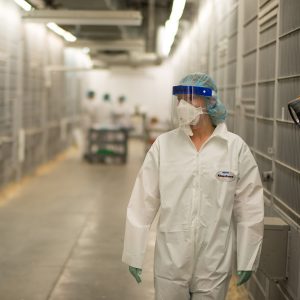
04 – SELECT SPECIES FOR STUDY
Choosing a species for preclinical testing of gene therapies is one of the most challenging decisions of study design. That’s because most gene therapies seek to treat rare diseases, which can be difficult or impossible to replicate in an animal.
Some models will have a naturally occurring mutation, while others are genetically modified (as seen in the GAA knockout model of Pompe disease or Sandoff mouse model of Tay Sachs disease). Animal models may be developed chemically, as with mono-iodoacetate-induced osteoarthritis, or through physical means, as with cardiac failure in pigs induced by vascular occlusion or electrical pacing. In addition, the sponsor may conduct in vitro studies to demonstrate to the FDA that a given therapy will be taken up by cells of a chosen species in a manner similar to uptake in human cells, or that the receptors being targeted in human cells are also present in the animal species.
“There can be many layers of complication influencing the drug sponsor’s decision here,” McDonald said. “You’re delivering a human gene to an animal. And an animal may or may not respond to the human protein in the same way it would to a protein from its own species. That is one reason why a company may decide to evaluate its therapy in two species, such as mouse and nonhuman primate.”
The rationale for the species used must be justified in the pre-IND package and in the IND — and this is something for which Lovelace brings vast insight. For example, while nonhuman primates can serve as disease model for certain conditions, many primates naturally have some level of neutralizing antibodies to the vector that’s used to deliver the gene therapy — which means the animal would show no response to a gene therapy. For this reason, all nonhuman primates must be prescreened.
At this stage of research, it’s essential to have top veterinary talent on your side. When measuring disease and response to treatment in an animal model, the team must be able to distinguish between the disease itself and the toxicological effects of the treatment, which requires skill and experience. In some cases, scientists evaluate efficacy and safety at the same time and in the same model.
05 – CRAFT THE STUDY DESIGN
Many factors are taken into account when designing the preclinical study, from number of dose groups, number of animals per dose group, types of controls, and number of endpoint-sampling time points. Unless a genetic disease occurs in only one sex, both sexes are included in safety and biodistribution studies. In most cases, at least two vector doses are used. Multiple sampling time points are included, beginning at the point when vector expression is to peak (usually 7 to 14 days) and extending for several months to one year.
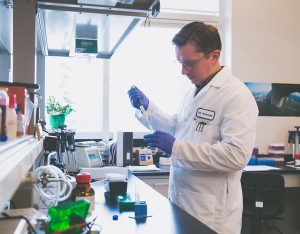
06 – SET THE CRITICAL ENDPOINTS
Common endpoints for a gene therapy study include: body weight, clinical signs, hematology, serum chemistry, vector biodistribution (as evaluated by PCR), gene expression in target tissue and in tissues having a pre-specified large concentration of vector capsid (the shell of the virus), neutralizing antibodies in serum to capsid protein and transgene, immune responses (T cell-mediated to capsid protein and expressed protein), and histopathology (and immunohistochemistry for microscopic evaluation of gene expression). Other endpoints may be included, depending on the disease. Another key point to note here: If the drug sponsor will be seeking regulatory approval in Europe, an additional step may be required to evaluate vector concentration in bodily fluids and excreta to determine shedding.
07 – GET READY FOR IND
After preclinical results are evaluated using the latest bioanalytical tools and reporting, it’s time to complete the IND application — showing the strong data that indicates your drug is ready for testing in patients. All preclinical safety studies for gene therapies are conducted under Good Laboratory Practice (GLP) guidelines. An audited final report with summary data, statistics and appendices containing contributing scientist reports and individual animal data is submitted to the sponsor for inclusion in the IND package.
